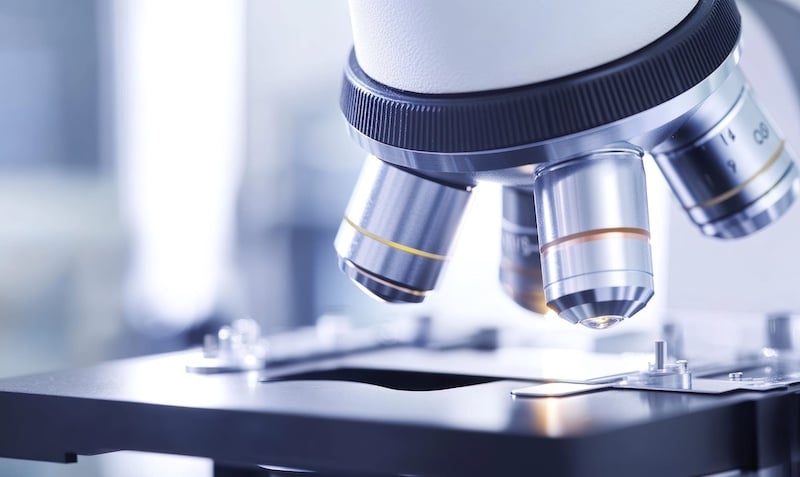Summary:
LG AI Research has launched EXAONE Path 2.0, a cutting-edge precision medical AI model that predicts gene mutations and biological markers directly from pathology images, significantly accelerating diagnosis and treatment personalization in oncology.
Takeaways:
- State-of-the-Art Accuracy: EXAONE Path 2.0 achieves a best-in-class 78.4% gene mutation prediction accuracy by analyzing full pathology slides rather than isolated image patches, avoiding “feature collapse.”
- Faster, Cost-Effective Diagnosis: Trained on over 10,000 matched datasets, the model can predict gene expression in under a minute, eliminating the need for time-consuming and costly molecular testing.
- Broad Clinical Utility: With tumor-specific models for lung and colorectal cancers, EXAONE Path 2.0 supports early detection, therapy selection, biomarker discovery, and real-time monitoring for clinical trial optimization.
LG AI Research has announced the official launch of EXAONE Path 2.0, its next-generation precision medical AI model.
Following the introduction of its 1.0 model in August of last year, LG AI Research showcased its 1.5 model last month at ASCO 2025.
EXAONE Path 2.0 Represents Advancement Over Previous Version
EXAONE Path 2.0 represents a substantial advancement from the initial version, incorporating high-quality, real-world data. It offers accurate characterization and prediction of gene mutations and expression profiles, as well as minute morphological and structural features of human cells and tissues, all derived directly from pathology slide images. These capabilities make it an essential tool for early detection, prognosis, oncology drug development, and personalized treatment selection.
EXAONE Path 2.0 was trained using multi-omics data, including both DNA and RNA, enabling it to interpret pathology images and underlying biological processes while integrating genetic insights vital to disease research and therapeutic development.
Pathology images refer to high-resolution Whole Slide Images (WSIs) generated during the diagnostic test of patient tissue specimens.
Whole Slide Images (WSIs) are large, multi-gigabyte digital files that capture detailed information on cell and tissue architecture. To facilitate analysis, these comprehensive images are typically divided into thousands of smaller sub-images or “patches.”
When AI models analyze only patch-level data, they are susceptible to a “feature collapse” effect, in which excessive attention to localized features leads to reduced prediction accuracy due to a lack of holistic context.
LG AI Research has implemented an innovative approach in EXAONE Path 2.0, enabling learning from individual patches through to the full Whole Slide Image. This enhancement has increased the model’s gene mutation prediction accuracy to a best-in-class 78.4%, establishing a new State-of-the-Art (SOTA) benchmark.
Developed Using More than 10,000 Matched Datasets
EXAONE Path 2.0 was developed using over 10,000 matched datasets comprising Whole Slide Images and multi-omics data. This robust training enables it to predict gene expression patterns solely from image analysis, eliminating the need for expensive molecular testing.
“EXAONE Path 2.0 enables us to reduce molecular testing time from over two weeks to under a minute—helping clinicians capture critical therapeutic windows for cancer patients. By leveraging EXAONE Path 2.0, physicians and pharmaceutical partners can rapidly analyze tissue pathology slides, identify driver mutations, and select appropriate targeted therapies,” says Yong-min Park, Head of AI Business Team at LG AI Research.
LG AI Research also introduced additional models trained for specific tumor types, including lung and colorectal cancers.
These disease-specific models may support more efficient triaging and early detection of patients eligible for targeted therapeutic interventions.
LG AI Research expects EXAONE Path 2.0 to play a significant role in clinical trial optimization by enabling real-time monitoring of patient responses and facilitating biomarker discovery for disease prediction.
Featured Image: Sergio Lucci | Dreamstime.com
,





